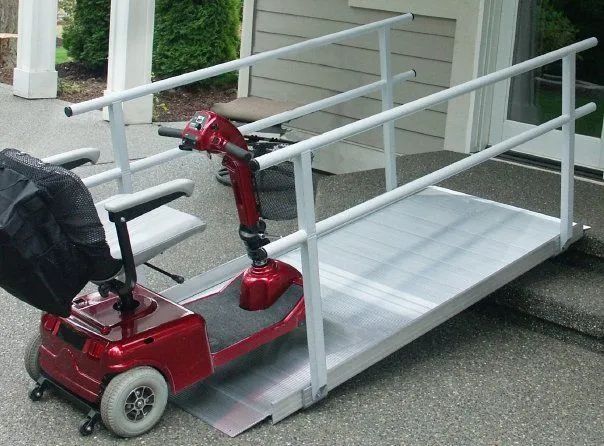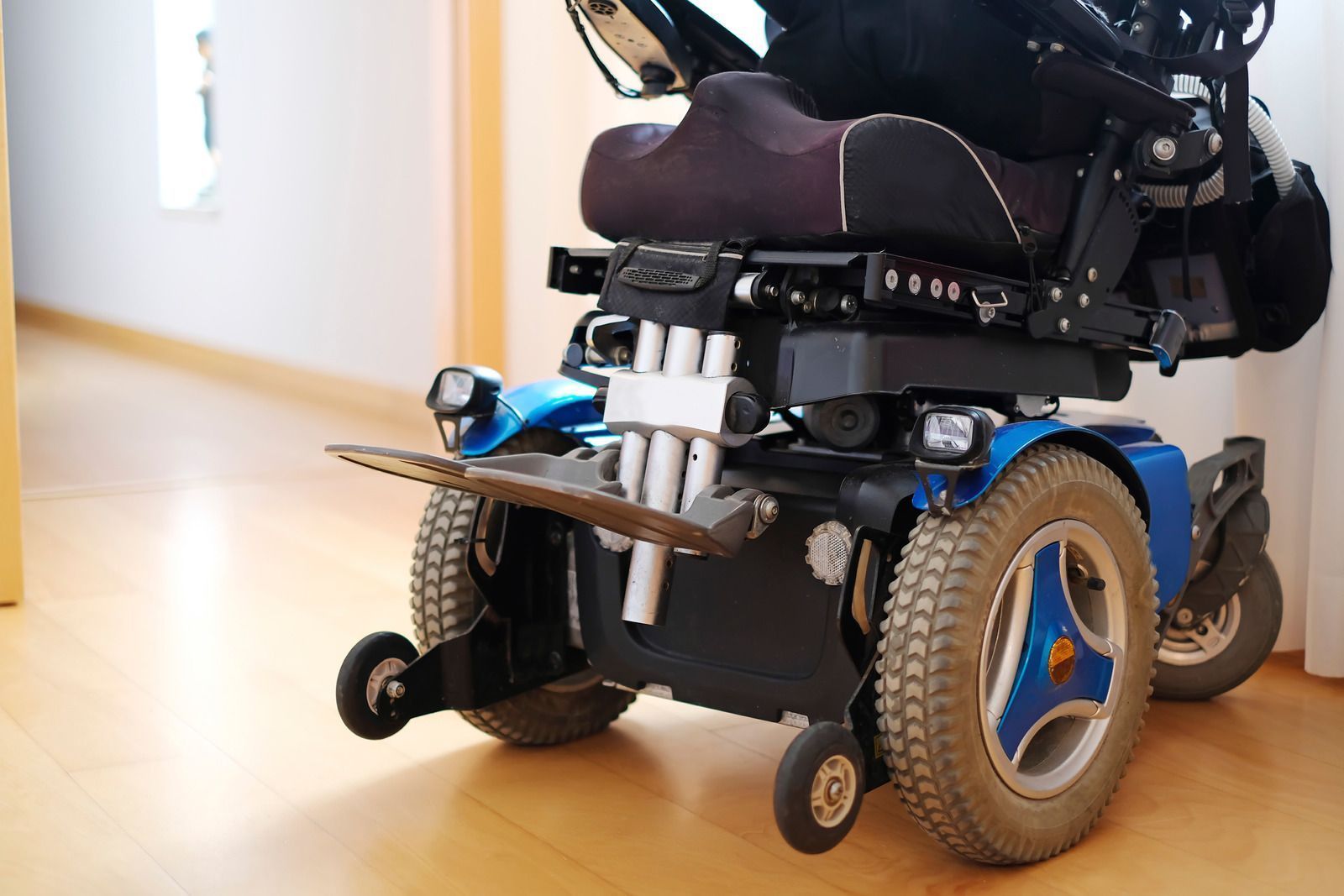Scooters vs. Power Wheelchairs: Which Mobility Solution Is Best for You?
March 24, 2025

When it comes to choosing the right mobility device, the decision often comes down to power wheelchairs and mobility scooters. Both offer excellent solutions for individuals with mobility challenges, but they serve different needs based on lifestyle, physical ability, and daily usage. In this guide, we’ll compare power wheelchairs and scooters to help you determine the best option for your mobility needs.
Key Differences Between Scooters and Power Wheelchairs
1. Design and Maneuverability
- Power Wheelchairs: Designed for individuals who need full-time mobility assistance, power wheelchairs have a tight turning radius, making them ideal for indoor use and navigating tight spaces like hallways and doorways. They often come with joystick controls for easy operation.
- Mobility Scooters: These are designed for individuals who have some mobility but require assistance for longer distances. Scooters typically have handlebars and require more upper-body strength to operate. They perform well in outdoor environments but have a larger turning radius, making tight indoor spaces more challenging.
2. Comfort and Seating
- Power Wheelchairs: These offer custom seating options, including adjustable cushions, reclining backs, and pressure relief features. They are designed for prolonged use and can be tailored to accommodate medical conditions that require postural support.
- Mobility Scooters: While some scooters offer padded seats and armrests, they generally do not provide the same level of customization and ergonomic support as power wheelchairs. They are best for short to moderate use rather than extended daily reliance.
3. Portability and Transportation
- Power Wheelchairs: Heavier and bulkier, power wheelchairs are less portable than scooters. They often require a vehicle lift or van with a ramp for transportation.
- Mobility Scooters: Many scooters are lightweight and can be disassembled for easier transport in a car trunk, making them a great option for people who need mobility support while traveling.
4. Battery Life and Range
- Power Wheelchairs: Generally equipped with larger batteries, power wheelchairs can travel longer distances on a single charge. They are designed for continuous daily use.
- Mobility Scooters: Battery life varies by model, but most scooters are designed for occasional or part-time use rather than all-day mobility. If you need an all-day solution, a power wheelchair may be a better fit.
5. Cost and Insurance Coverage
- Power Wheelchairs: Typically more expensive than scooters, but they are often covered by insurance and Medicare if deemed medically necessary.
- Mobility Scooters: More affordable upfront, but may not always be covered by insurance unless prescribed for a medical condition.
Which One Is Right for You?
Ask yourself these questions to determine the best fit:
✔ Do you need mobility support for all-day use or only for occasional trips? → If all-day, choose a power wheelchair. If occasional, a scooter may be sufficient.
✔ Do you need to navigate tight indoor spaces? → A power wheelchair is better for indoor mobility.
✔ Do you travel frequently? → A scooter is easier to transport.
✔ Do you need advanced seating and posture support? → A power wheelchair offers more customization.
✔ Are you looking for a budget-friendly option? → Scooters tend to be more affordable.
Final Thoughts
Choosing between a
mobility scooter and a power wheelchair depends on your lifestyle, mobility needs, and comfort preferences. At Advanced Medical
in San Marcos, CA, we have 27+ years of experience helping individuals find the best mobility solutions. Whether you need a scooter for outdoor independence or a power wheelchair for everyday support, our team is here to assist you. Contact us today to explore your options!





